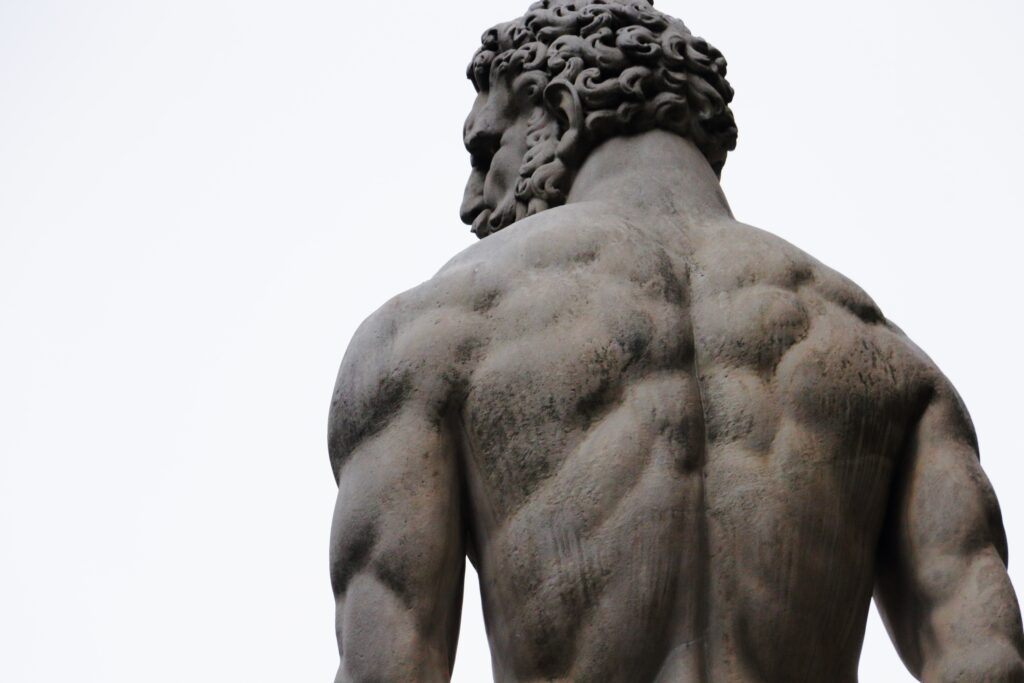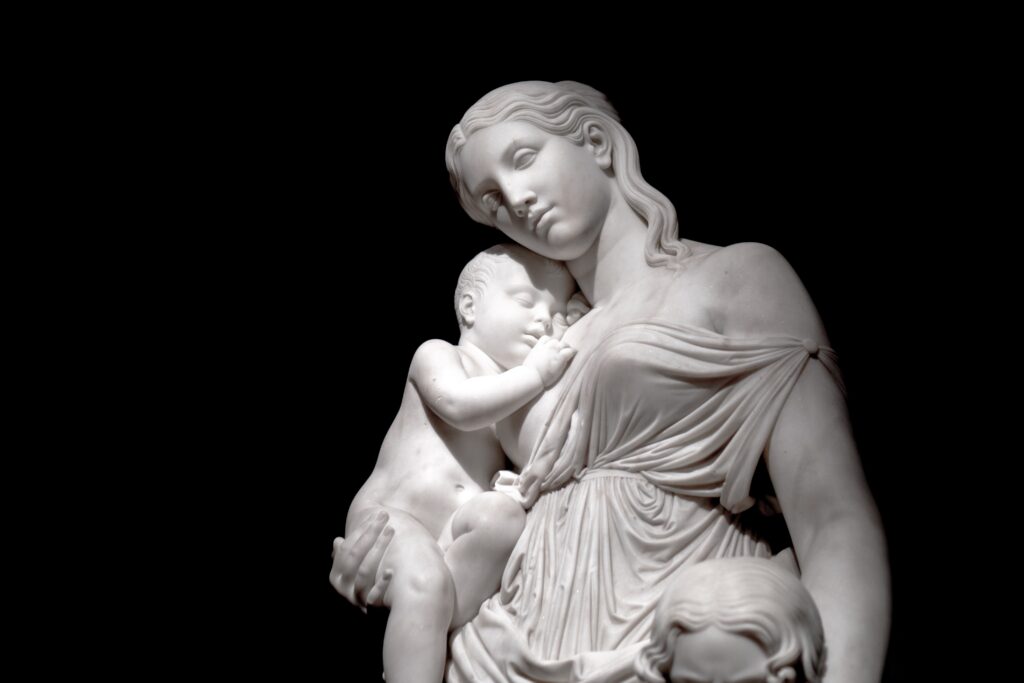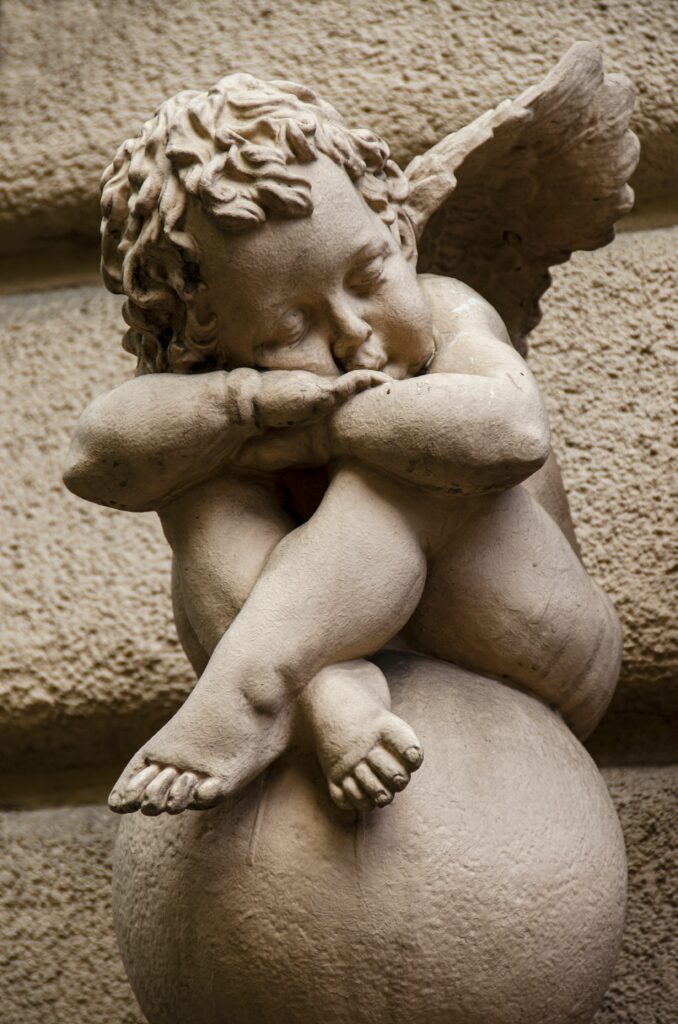The article titled “Sculptures That Defy Categorization” introduces the captivating and enigmatic work of Hans Noë, an architect and restaurateur who has spent decades creating geometric wooden objects that refuse to fit into any traditional artistic category. These sculptures are not quite sculptures, high design, toys, math problems, or architectural models, yet they evoke the influences of various artists and architects, such as Brancusi, Mies van der Rohe, and Froebel. The exhibition “Hans Noë – Sculpture,” curated by Lawrence Weschler, brings together a collection of these confounding sculptures at the National Museum of Mathematics, showcasing Noë’s ability to create pieces that challenge perception and defy expectations. With a background shaped by a tumultuous history and diverse experiences, Noë’s work reflects a unique and innovative approach that blurs the boundaries of art, design, and mathematics.
Sculptures That Don’t Have to Add Up to Work Like Magic

For decades, the architect and restaurateur Hans Noë has been making geometric wooden objects that are almost impossible to categorize.
One of Hans Noë’s geometrically confounding sculptures.
Credit…Alex Hodor-Lee for The New York Times
Supported by
The Ambiguous Work of Hans Noë
The wooden objects Hans Noë constructs — columns, walls, and confounding clumps of simple but unusual geometric solids — defy easy categorization. They don’t fit neatly into the boxes of sculpture, high design, children’s toys, math problems, or architectural maquettes. Yet, they evoke the aesthetics of various influential figures such as Constantin Brancusi, Ludwig Mies van der Rohe, and Friedrich Froebel. In the exhibition “Hans Noë – Sculpture,” organized by Lawrence Weschler at the National Museum of Mathematics, Noë’s son Alva showcases four dozen of these enigmatic creations.

The Background of Hans Noë
The ambiguity in Noë’s work might find its roots in his unique background. Born to Austrian Jewish parents in Czernowitz (now Chernivtsi, Ukraine), Noë’s family endured the turbulent times of World War II, relying on their luck and his father’s reputation as a pediatrician for survival. Noë himself reflects on their situation during the war, stating, “The Romanians who occupied us also had children.” After the war ended, the family emigrated to Germany, where Noë studied under well-known type designer Herman Zapf. Later, he moved to New York and attended Cooper Union, finding a mentor in the esteemed architect and sculptor Tony Smith.
Exploring Geometry and Architecture
Noë’s exploration of geometry started during his time studying with Mies van der Rohe in Illinois. Although he pursued a career in architecture, including building spacious yet unassuming houses in the Hamptons, his main source of income came from real estate. To secure workspaces, Noë purchased and renovated run-down buildings, one of which housed the Fanelli Cafe, New York’s second-oldest bar, in SoHo. After two decades of dedicated management, Noë handed over the reins of the restaurant to his son Sasha.

A Mind Filled with Half-Formed Ideas
Over the years, Noë’s mind has been filled with half-formed geometric ideas, which he would often wake up with. He materialized these ideas using materials like cardboard and wood, painting them, and setting them aside. Many of these objects were born from a geometric shape he conceptualized while presenting a proposal for a United Nations building in Rome in the 1950s. By superimposing two perpendicular rectangles and lifting one up, he created what he calls a “truncated tetrahedron” — a squished, not-quite-cube with two rectangular sides joined by four trapezoids. Depending on the viewer’s perspective, this shape can appear leaning or perfectly still, resembling both a pyramid and a cube.
Engaging Perspectives with Geometry
Noë’s mastery of geometric forms extends beyond the truncated tetrahedron. By stacking seven of these shapes with their rectangular faces aligned, he creates an eight-foot-high tower resembling Constantin Brancusi’s “Endless Column.” However, when viewed from a different angle, the tower morphs into a rectangular plank with straight edges and a zigzag pattern of triangular shadows that confuses the observer. By arranging the rectangular faces perpendicularly, Noë creates an angled, saw-toothed shape that appears like an inverted staircase rising gracefully from the floor.
The Magic of Triangles
Triangles also serve as a source of inspiration for Noë. Starting with a Star of David made of two equilateral triangles, he lifts one triangle and connects its points to the nearest points of the triangle below. The result is an extended prism-like solid that seems to be falling in all directions simultaneously. When Noë paints three of these prisms red, stacks them in a column, and mounts them on a turntable, a hypothetical skyscraper emerges, twisting and writhing as it rotates.
A Vast Range of Creations
Although the exhibition curated by Lawrence Weschler includes only a small sample of Noë’s extensive body of work, it showcases the incredible range of his artistic output. Visitors can expect to see loops and curls of triangular yellow struts, notched black cubes reminiscent of Noguchi, intersecting cardboard pyramids forming mobiles, a crumpled orange arch, and a large cube sliced into elegant step-like sections that offer infinite possibilities for rearrangement. To provide a sense of scale, Noë places small paper figures throughout the exhibition, emphasizing the dramatic impact these sculptures would have as public art installations.
A Singular Idea Explored in Various Expressions
While each piece in the exhibition represents a unique creation, they all stem from a single intuitive or philosophical idea. Noë demonstrates, through geometric metaphors, a truth about life that is often withheld from our understanding. His sculptures illustrate the fundamental concept that what may appear as one thing can quickly transform into another, that the seemingly stable can teeter on the brink of collapse, and that what appears to be falling may outlast our own existence.
An Exhibition Worth Exploring
The work of Hans Noë is currently on display at the National Museum of Mathematics until October 31st. This exhibition offers a rare opportunity to delve into the mind of an architect, restaurateur, and master of geometric forms. Whether you are artistically inclined, mathematically oriented, or simply intrigued by the enigmatic, Noë’s sculptures are sure to captivate your imagination. Don’t miss the chance to experience the magic of his creations firsthand.
Sculpture: The Work of Hans Noë Through Oct. 31 at the National Museum of Mathematics, 11 East 26th Street, Manhattan; 212-542-0566, momath.org.

